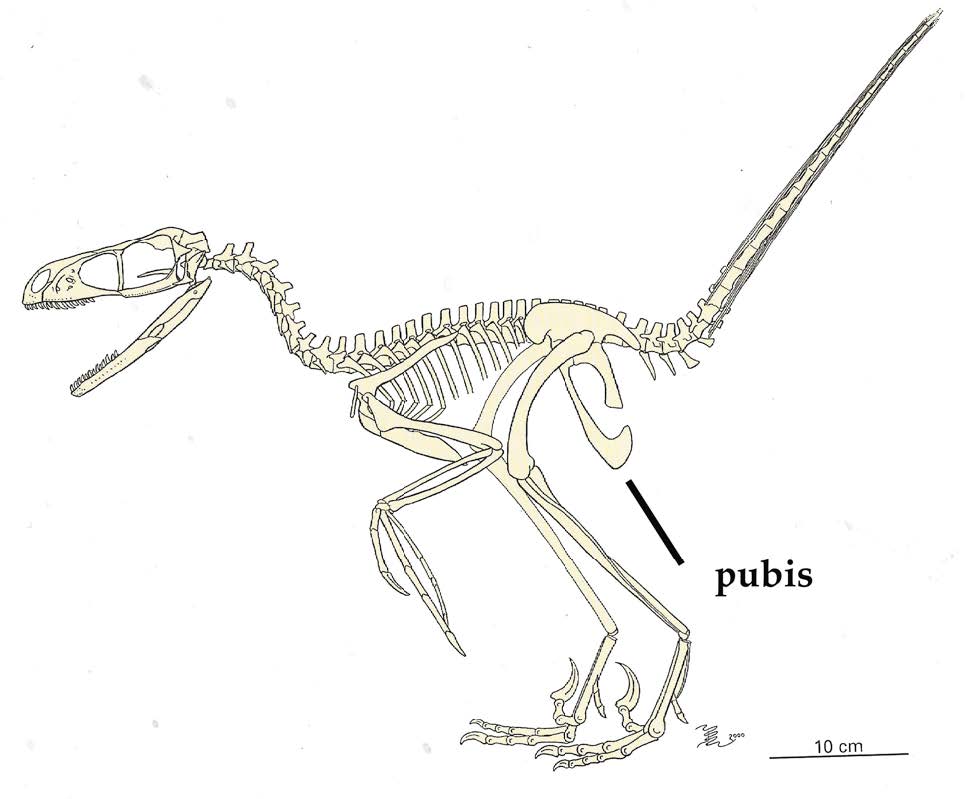Thinking about the shape gets pretty weird.
So my species has a more or less horizontal posture, pretty much a small sentient raptor. They can assume an 'upright' position, but only in the sense of a parrot.
They would of course have some kind of personal furniture for sitting elevated above the ground, and need some kind of seating shape for safely operating vehicles. They'd also need to harness themselves for anything faster than a buggy (cars, airplanes, spacecraft).
Human-shaped chairs and seat belts would thus be useless to them; their tail gets in the way, they can't rest their back against them, and they're very unsafe.
What kind of furniture would adequately rest a theropod, and also serve as a good model for safety seats?
Optionally, but ideally, it could also free up their legs to use for operating machinery or using tools.







